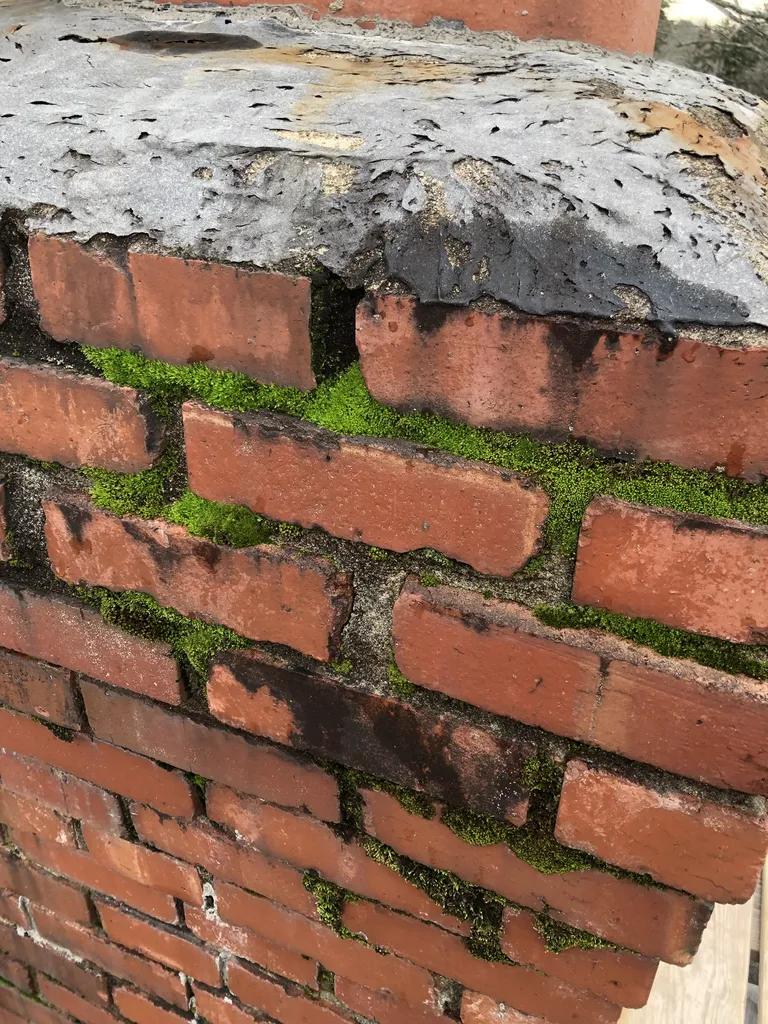Concrete chimneys are a common feature in many homes, providing warmth and ambiance with their cozy fires. However, over time, wear and tear can cause damage to these essential structures. In our comprehensive guide to concrete chimney repair, we will explore the common issues that can arise, the importance of timely maintenance, and the steps you can take to ensure your chimney remains in optimal condition. Whether you are a homeowner or a professional contractor, this informative article will provide you with the knowledge and tools necessary to effectively repair and maintain concrete chimneys.
Table of Contents
- Introduction
- Common Chimney Repair Issues
- Steps for Repairing Concrete Chimneys
- Professional Tips for Long-lasting Chimney Repair
- Q&A
- Concluding Remarks

Introduction
Welcome to the essential guide to concrete chimney repair. Chimneys are an essential part of any home, providing ventilation for fireplaces and heating systems. Over time, however, they can deteriorate due to exposure to the elements, causing structural issues that need to be addressed. In this guide, we will cover the steps you need to take to repair a concrete chimney and ensure that it remains in good condition for years to come.
When it comes to repairing a concrete chimney, it is important to first assess the extent of the damage. This can involve inspecting the chimney for cracks, leaks, and other signs of wear and tear. Once you have identified the issues, you can then take the necessary steps to repair them. This typically involves cleaning the chimney, patching up any cracks, and applying a waterproof sealant to prevent future damage. By following these steps, you can ensure that your chimney remains safe and functional for years to come.

Common Chimney Repair Issues
When it comes to concrete chimney repair, there are a few common issues that homeowners should be aware of. One of the most frequent problems is cracks in the chimney structure. These can be caused by a variety of factors, such as settling of the foundation, freeze-thaw cycles, or even poor construction quality. It’s important to address these cracks promptly to prevent further damage to the chimney.
Another common issue with concrete chimneys is spalling, which occurs when the outer layer of concrete begins to flake off. This can be caused by water infiltration, exposure to harsh weather conditions, or just normal wear and tear over time. To repair spalling, the damaged concrete will need to be removed and replaced with a new layer of material. Regular inspections and maintenance can help prevent these issues from becoming more serious.

Steps for Repairing Concrete Chimneys
When it comes to repairing concrete chimneys, there are several essential steps to follow to ensure a successful and long-lasting repair. The first step is to thoroughly inspect the chimney for any visible damage, such as cracks, spalling, or discoloration. This will help determine the extent of the repairs needed.
Next, **clean** the chimney surface to remove any debris, dirt, or loose particles. Once clean, apply a **concrete bonding agent** to improve adhesion between the existing concrete and the repair material. Then, carefully fill in any cracks or holes with a **high-quality concrete repair mortar**. Finally, apply a **protective sealant** to prevent future damage and ensure the longevity of the repair.
Professional Tips for Long-lasting Chimney Repair
When it comes to concrete chimney repair, there are several key tips to keep in mind to ensure the longevity and effectiveness of the repair work. One important tip is to thoroughly inspect the chimney before beginning any repairs to identify the extent of the damage and determine the best course of action. This will help prevent any further issues from arising in the future.
Another essential tip is to use high-quality materials and products when repairing a concrete chimney. By using durable materials that are specifically designed for chimney repair, you can ensure that the repair work will last for years to come. Additionally, it is important to follow proper repair techniques and procedures to ensure that the repair is done correctly and effectively. Taking the time to do the job right the first time will save you time and money in the long run.
Q&A
Q: What are the common signs that indicate a concrete chimney needs repair?
A: Some common signs include cracks in the chimney, crumbling mortar, water leaks, and leaning or tilting chimney structure.
Q: How important is it to address chimney repairs promptly?
A: It’s crucial to address chimney repairs promptly as neglecting them can lead to further damage, safety risks, and costly repairs in the long run.
Q: What are the different methods used for repairing concrete chimneys?
A: Some common methods include tuck pointing, chimney crown repair, chimney cap replacement, and waterproofing treatments.
Q: How can homeowners prevent chimney damage in the future?
A: Regular chimney inspections, timely repairs, proper maintenance, and keeping the chimney clean and free of debris can help prevent damage in the future.
Q: Is it possible to DIY concrete chimney repairs, or is it best to hire a professional?
A: While some minor repairs can be DIY, it’s recommended to hire a professional for more complex chimney repairs to ensure safety and proper restoration of the structure.
Concluding Remarks
In conclusion, properly maintaining and repairing your concrete chimney is crucial to ensuring the safety and longevity of your home. By following the essential guide outlined in this article, you can address common issues such as cracks, spalling, and leaks, and prevent further damage to your chimney structure. Remember to always prioritize safety and seek professional assistance if needed. With the right tools and knowledge, you can effectively address concrete chimney repair and preserve the integrity of your home for years to come. Thank you for reading our essential guide to concrete chimney repair.


